Art Talk, Creative Ramblings
History of Felting
History of Felting
Rise of Needle Felting and the Fibre Artist
Felt is a special fabric made by heating, pressing, and moistening animal fur or sheep’s wool. Soap helps in the felt making process, where heat and moisture open fibre scales to intertwine with soap’s aid.
Wool fibres contain a protein called keratin, allowing them to bond irreversibly. Felt making is an easy process needing minimal equipment, providing a quick way to make fabrics. The discovery of felting properties in wool and fur is unclear, with theories suggesting ancient people noticed matted wool on sheep or how shed wild sheep wool naturally formed into fibrous masses.
Needle felting is a crafting technique involving poking the fibres with a barbed needle to create designs and shapes. It has a long history in various cultures worldwide, though its exact origin is uncertain.
Early Uses of Needle Felting
In ancient civilizations like Egypt, Turkey and China, needle felting was used to embellish textiles. It served both functional and decorative purposes, crafting clothing, blankets, and art pieces.
Different regions found cultural significance in wool felting. In Europe, especially Scandinavia, intricate woollen designs inspired by nature were common. In Asia, particularly Japan, needle felting was used for creating kawaii characters and traditional motifs.
As time passed, needle felting techniques and tools evolved, enabling the production of more intricate and creative designs.
Wool Felt is unlike any other fabric. Aside from being non-woven, it is formed when animal fur or sheep’s wool is exposed to heat, pressure, and moisture. Alkaline agents, such as soap, contribute to the felting process. Heat and moisture, in particular, are responsible for opening the outer scales along the fibres of the raw materials. After that, the soap enables the fibres to become entangled with each other.
In Ancient Times
In the Palaeolithic era, early humans used feltmaking techniques for decoration. Archaeological discoveries in Central Asia have revealed felted garment fragments with intricate designs. Various ancient cultures like the Mongols and Tibetans practiced felting for both practical and decorative reasons.
Mongolian nomadic tribes employed felting to craft items such as clothing, rugs, and yurts with decorative elements. Similarly, Tibetans used dyed felt as tent coverings, textiles, and tapestries, showcasing their artistic prowess and cultural heritage.
Felting Techniques
Wet felting is a timeless technique that involves agitating wool fibres with soap and water to create a cohesive fabric. By combining moisture and friction, the fibres intertwine and bind together, forming a strong and durable material.
This traditional method, dating back thousands of years, allows for the creation of unique and versatile felted pieces with endless possibilities for artistic expression.
Nuno felting is a contemporary technique that merges wool fibres with a sheer fabric like silk to produce a lightweight and flexible felted material. This modern method allows for the creation of intricate textures and designs by combining the softness of wool with the delicate drape of fabric.
Nuno felting offers artists a versatile approach to crafting unique and visually captivating pieces that blend the characteristics of both wool and fabric seamlessly.
Needle felting is a recent innovation to the world of felting that involves using a special needle to repeatedly pierce wool fibres and mesh them together. This method, gaining popularity in recent decades, allows for the creation of intricate designs and detailed creations with precision and control.
Artists can sculpt three-dimensional shapes, add intricate details, and bring their imaginative visions to life through the precise manipulation of wool fibres. Needle felting offers a versatile and expressive way to craft a wide range of artworks, from small ornaments to intricate sculptures, providing endless possibilities for creative exploration.
Practical uses for Felting
Hat Making
Wet felting is often considered the best technique for making hats due to its ability to create dense and durable felted fabrics. By agitating wool fibres with soap and water, wet felting produces a sturdy material perfect for shaping into hats.
Needle felting can then be used for decorative purposes by adding intricate designs and embellishments to the hats. Artists can use a barbed needle to sculpt detailed patterns, shapes, and textures onto the surface of felted hats, enhancing their visual appeal and adding a personalised touch.
Textile Repair
Wet felting is also considered the most suitable felting technique for textile repair. By carefully felting wool fibres into damaged areas using soap and water, wet felting allows for effective mending of holes and tears in textiles.
The process of wet felting helps bind the fibres together, creating a seamless repair that blends seamlessly with the original fabric. Wet felting is particularly useful for repairing wool fabrics and garments, as it provides a strong and durable mend that can restore the integrity of the textile.
Rug Making
Wet felting is often considered the best felting technique for making rugs due to its ability to create dense and sturdy felted fabrics. Wet felting involves agitating wool fibres with soap and water, causing the fibres to bind together tightly and form a solid fabric.
This process allows for the creation of thick, durable rugs that can withstand heavy use and foot traffic. Wet felting also enables artisans to seamlessly blend different colours and textures to create intricate patterns and designs, making it an ideal technique for crafting decorative and functional rugs.
Decorative Applications
Needle felting is considered the best technique for adding decorative touches due to its versatility and precision. With needle felting, artists can easily add intricate designs, patterns, and embellishments to various items, making it ideal for creating decorative pieces.
The needles used in needle felting allow for precise manipulation of wool fibres, enabling artists to sculpt three-dimensional shapes, add fine details, and create intricate textures with ease.
This level of control and accuracy makes needle felting perfect for adding decorative elements to items such as garments, accessories, home décor, and art pieces. Additionally, needle felting offers endless creative possibilities, allowing artists to experiment with different colours, shapes, and styles to achieve beautifully decorated creations.
Now it’s your Turn – Kits
Delve into the delightful realm of needle felting with our handpicked selection of premium kits. Whether you’re a seasoned crafter or a curious beginner, these kits offer the perfect opportunity to explore the art of needle felting.
Check out the World of Wool for a huge collections of kits, for both beginners and more advanced fibre artists. Designed by Chicktin Creations these kits could be your latest obsession.
If you are new to the world of felting, the Crafty Kit Co. will have just the kit you are looking for to get started.
Lincolnshire Fenn Crafts is the place to go for patterns, supplies and super easy online tutorials to get you started.
Learn a New Skill – Online Courses
One of my all time favourite places to hang out and learn. Check out the wides range of needle felting courses that Domestika have to offer.
Skillshare has a great range of online needle felting courses, by textile artists around the world.
Workshops
While you can learn it online or from books, attending a workshop in person brings several key advantages. In a workshop, you get help right when you need it. Instructors can show you how to improve your technique on the spot, making it easier to learn the right way from the beginning.
Workshops are also great for meeting others who love needle felting just as much as you do. This can make learning more fun and give you new friends to share tips and ideas with.
Being in the same room with instructors and other learners adds a lot to the experience. You can pick up on things like body language and the overall mood, which helps make learning more enjoyable
Check out the Find a Craft workshop directory and see what you get up to in your area.

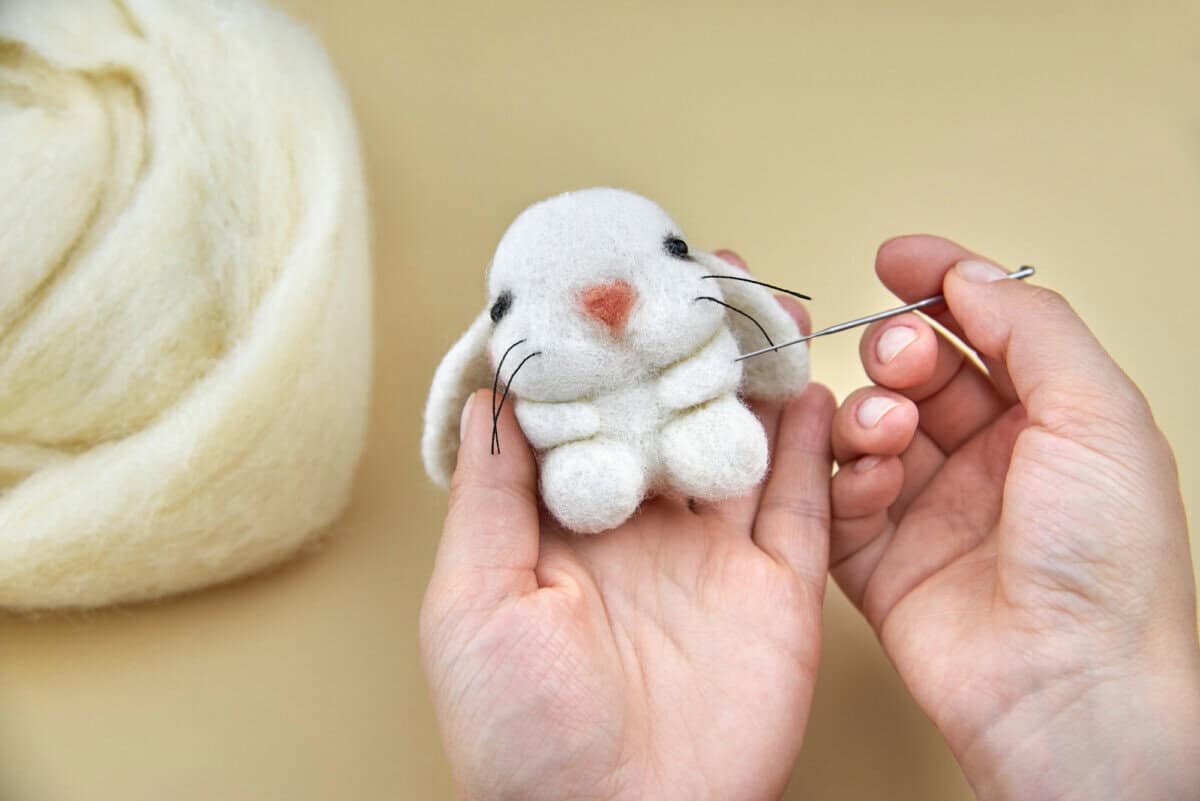
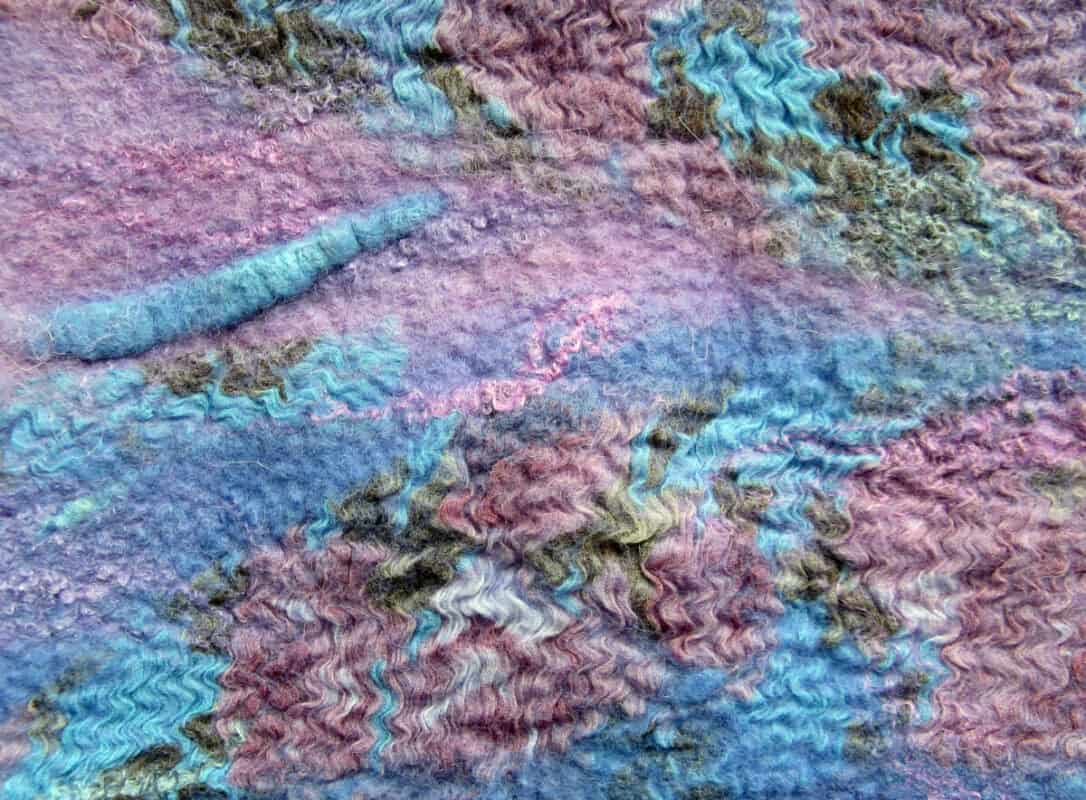
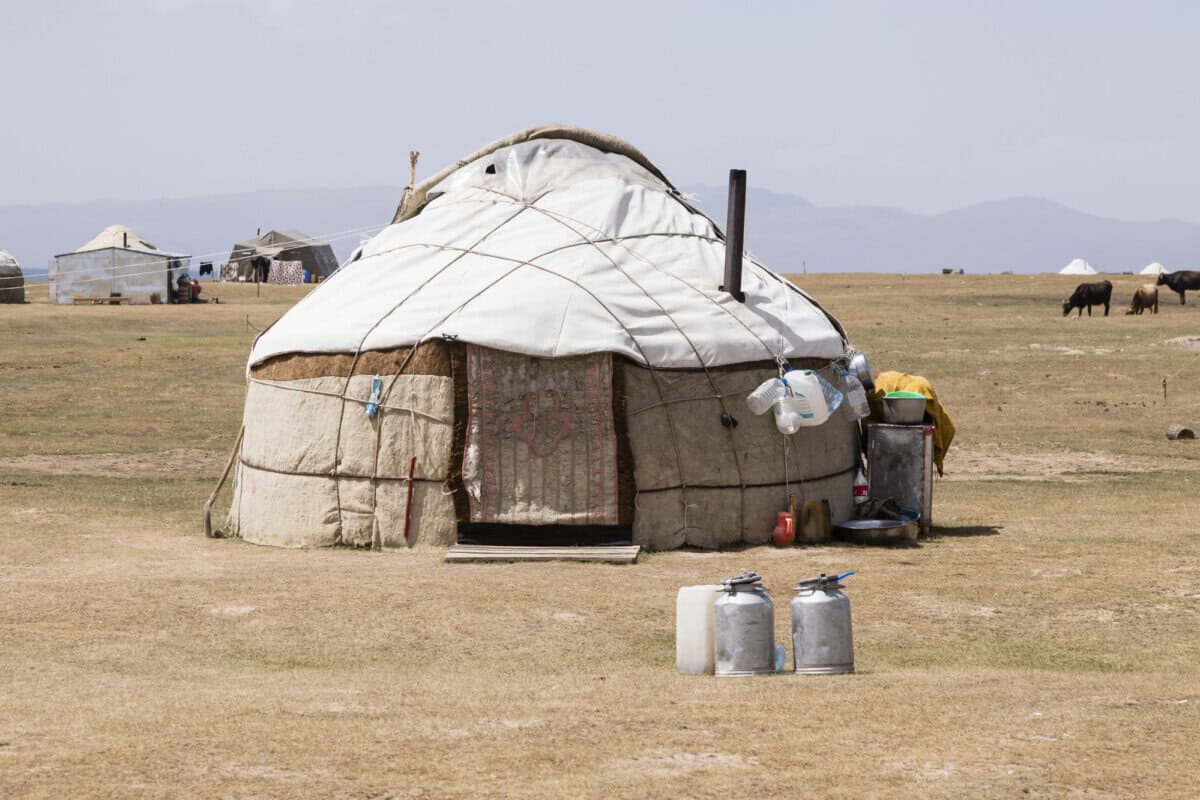
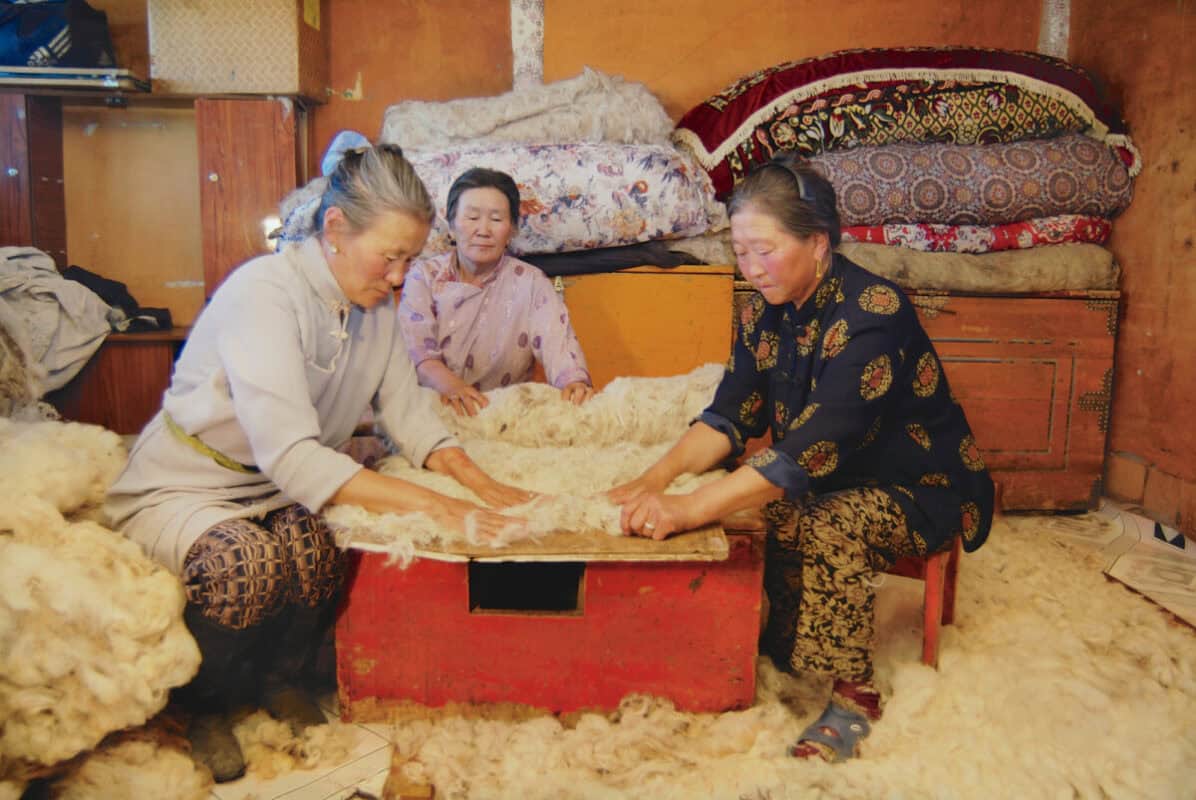
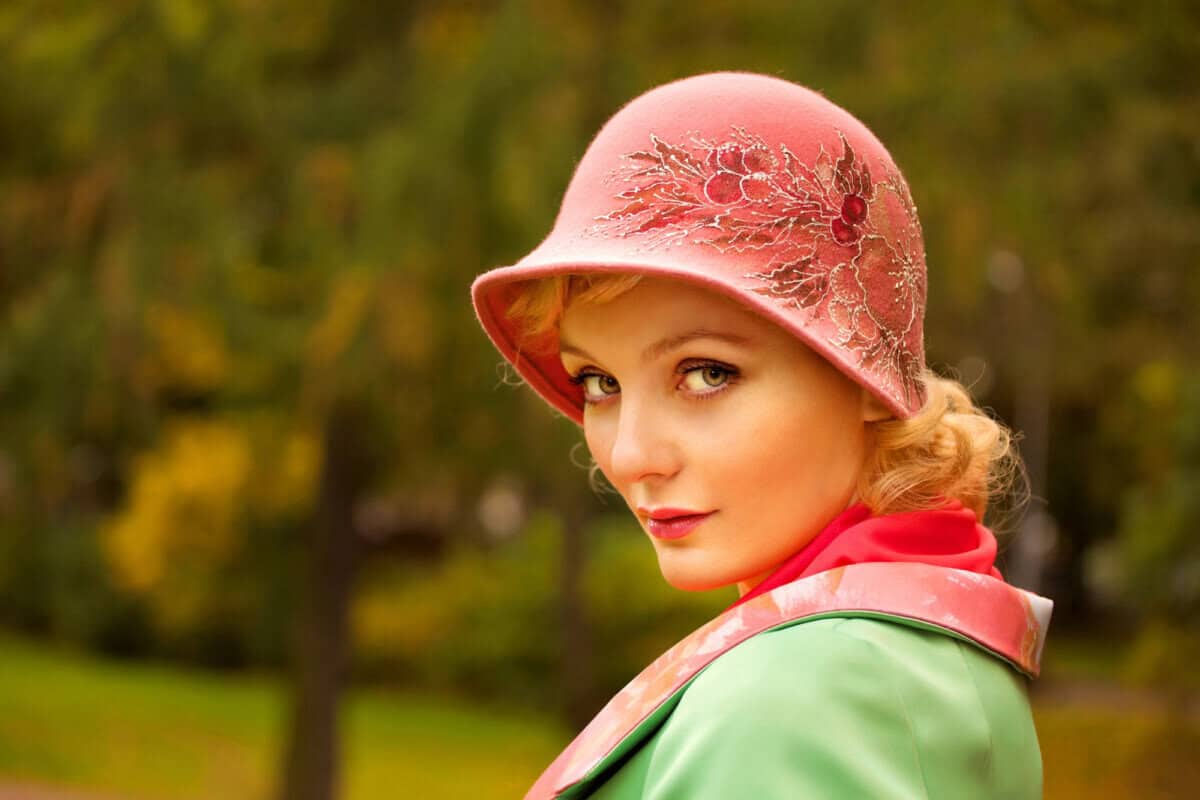
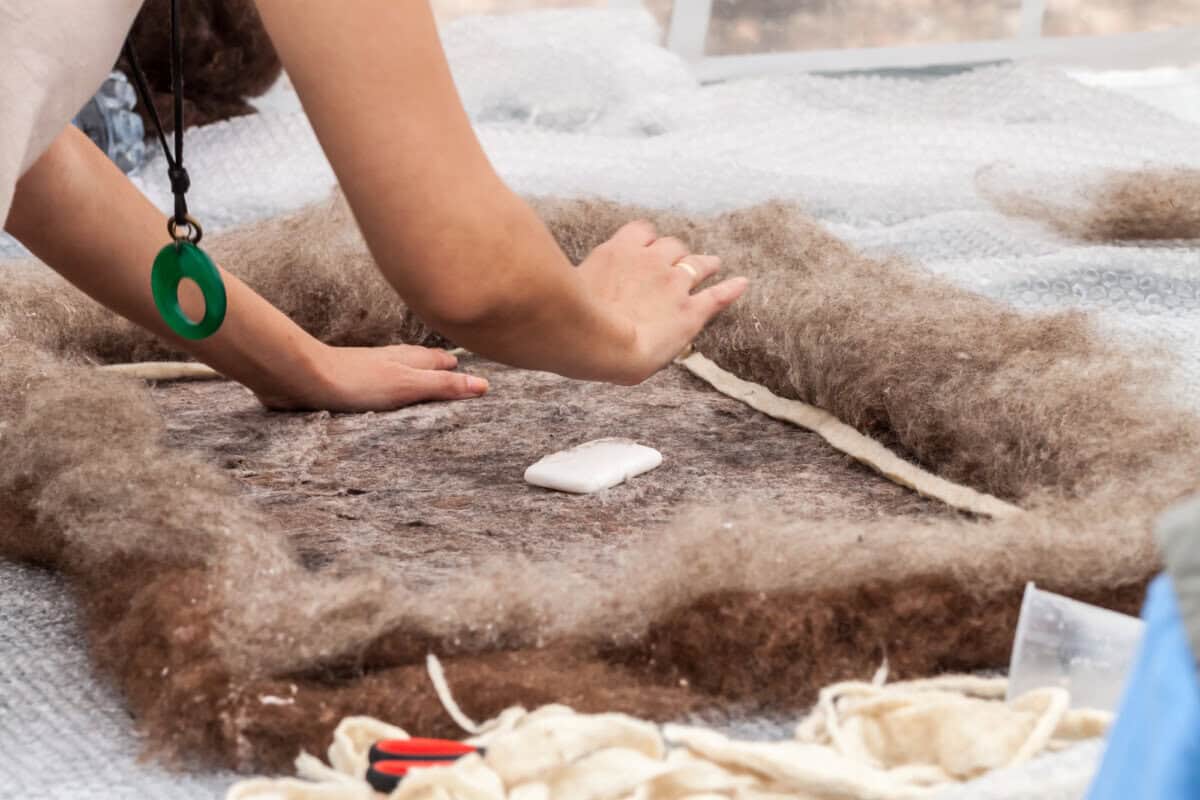
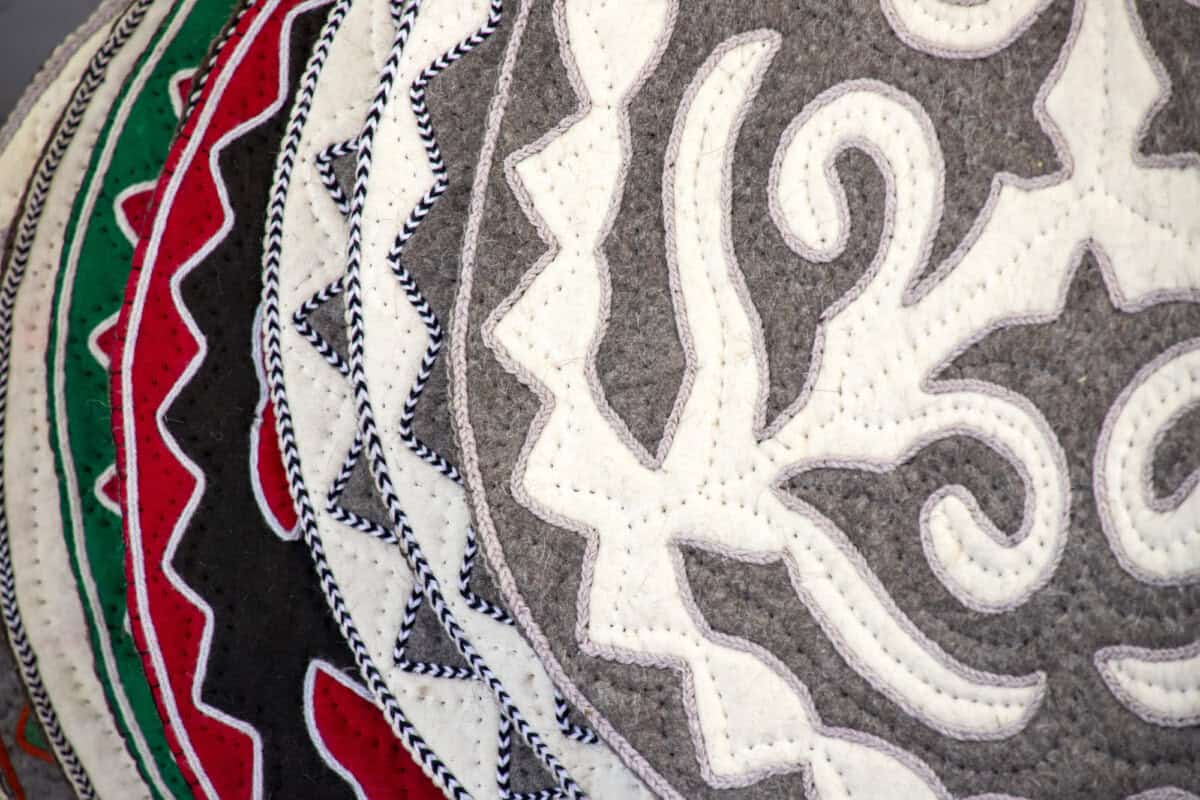
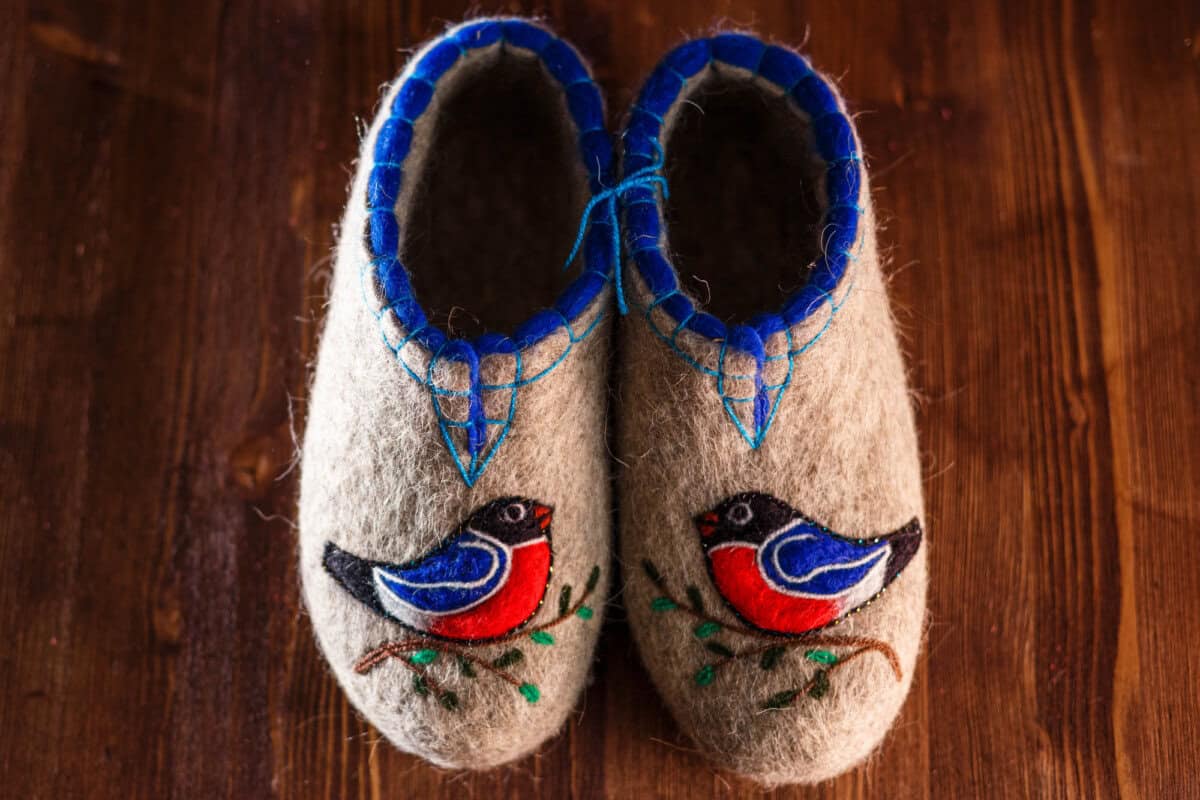
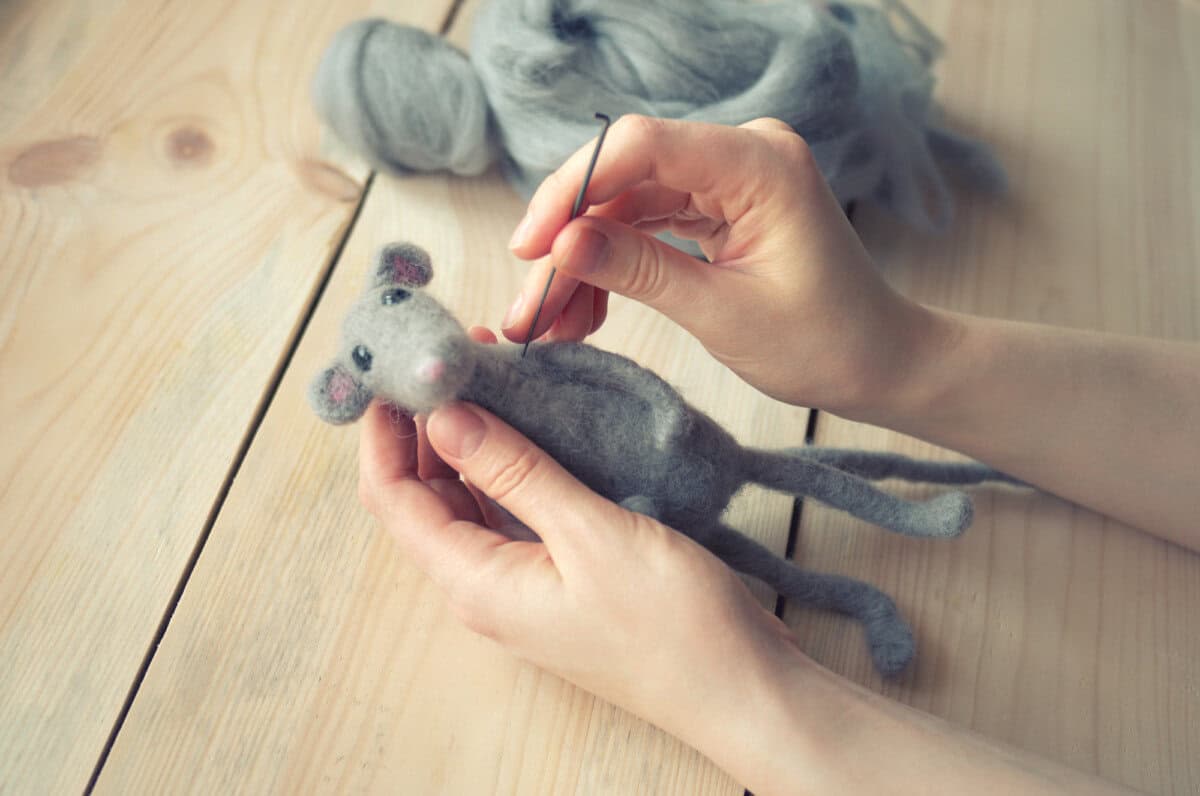
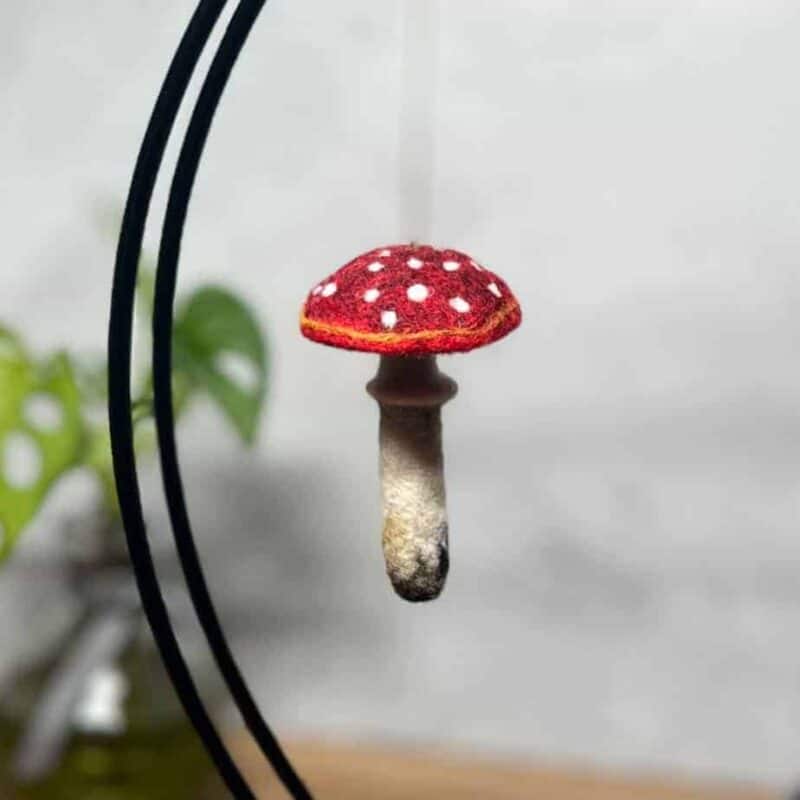
Interesting site.
Thanks Ruth!